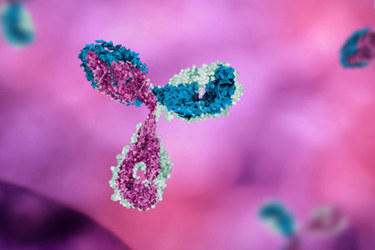A Dilute-And-Shoot Method For Monitoring mAb PQAs From Spent Media Enhances The Process Analytical Technology (PAT) Toolbox
By Erin Redman, Scott Mellors, Stephanie Klaubert, Scott Miller, and Graziella Piras, 908 Devices

The demand for user-friendly analytics that provide detailed insights into product quality attributes (PQAs) of biotherapeutic proteins is on the rise, which spans the entire development pipeline. Traditionally, the ZipChip Charge Variant Analysis (CVA) assay has been extensively utilized for the downstream characterization of purified drug products. However, this application note showcases its innovative application in upstream bioprocessing by directly measuring monoclonal antibody (mAb) PQAs from cell culture media sampled from active bioreactors.
Compared to other process analytical technology (PAT) methods for product characterization, ZipChip CVA offers a unique advantage that provides comprehensive information on both charge heterogeneity and glycoform heterogeneity within a single method. The ZipChip separation technique is adept at removing interfering media compounds from the mAb, thereby preserving both the separation performance and the quality of mass spectrometry (MS) data. This enables a straightforward “dilute-and-shoot” sample preparation method, which simplifies the analytical process.
Learn more about how this capability ensures that antibody PQAs can be monitored throughout the cell culture process and facilitates the confirmation of product quality, assessment of process performance, and support for process optimization.
Get unlimited access to:
Enter your credentials below to log in. Not yet a member of Bioprocess Online? Subscribe today.
